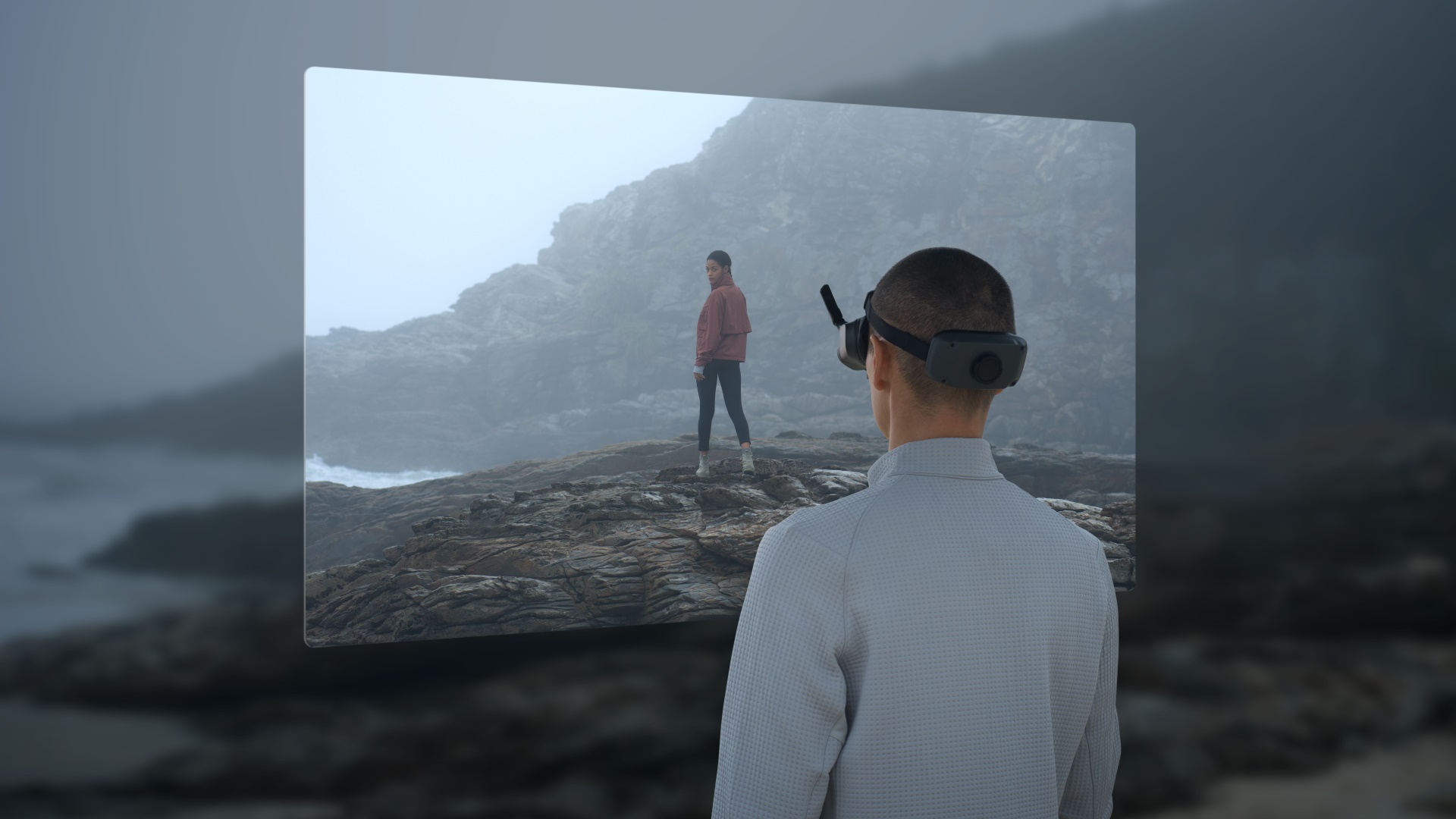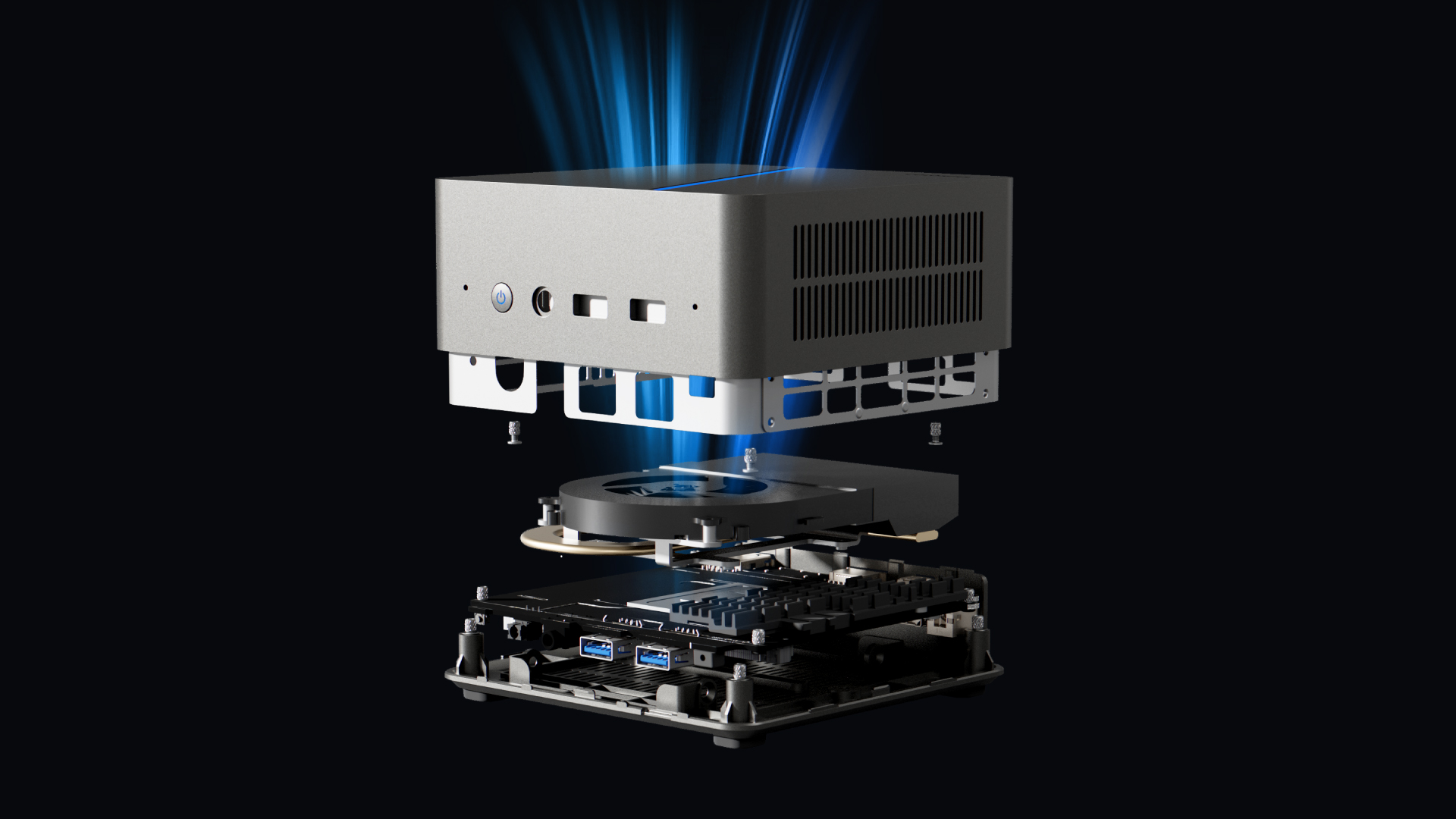News
Samsung Galaxy J1 (2016) is a cheap Android phone with LTE

Samsung is currently enjoying a renaissance in the premium smartphone segment, but that doesn’t mean it has forgotten about the bargain basement from where most manufacturers get their volume orders and market share. Enter the Samsung Galaxy J1 refresh for 2016.
It’s a slightly bigger and more powerful than last year’s model (4.5 inches and quad-core internals compared to 4.3 inches and dual-core on the 2015 edition), as you would expect, but the big idea behind this small-ish handset remains the same: disrupt the market with a cheap Samsung smartphone that covers the basics and then some.
Having said that, don’t expect to find an octa-core processor, a fingerprint sensor, or a metal chassis anywhere on the J1’s feature set.
This Samsung sticks to the formula set by its predecessor closely, with its 4.5-inch AMOLED display, 5- and 2-megapixel main and secondary cameras, and quad-core chip with 1GB of RAM and LTE integration — a first for the product line — for faster mobile Internet speeds.
Granted, LTE connectivity isn’t widely available on budget models to this day, making the J1 more appealing to first-time smartphone buyers who are looking to subscribe to streaming services such as Netflix and Spotify.
Samsung’s Galaxy J1 is now available in select markets like Singapore and the Philippines, retailing for 208 Singapore dollars (roughly $150) and P5,449 ($120), respectively.
Samsung, as you probably know, is the poster child for much-desired Android gear, what with its sustained focus on product innovation, especially in the high end. The J1 doesn’t fit that vision — but perhaps it doesn’t need to. Maybe the Korean OEM is hoping that if it builds something cheap enough, customers will come.
[irp posts=”11619″ name=”24 Hours in Singapore with the Samsung Galaxy J2 Prime”]


The DJI Avata 2 is now available in the Philippines. It is priced at PhP 47,900 for the single battery variant and PhP 55,900 for the three battery configuration. Customers may purchase at DJI Experience Stores, as well as online via DJI’s official Lazada, Shopee, and TikTok Shop stores.
Your ticket to breathtaking aerial adventures
Designed for content creators and even production professionals, the DJI Avata 2 provides an adrenaline-pumping FPV drone experience with improvements in imaging, safety, and battery life.
The Avata 2 has a 1/1.3-inch sensor that covers a 155-degree field of view and can film up to 4K @ 60fps. Its imaging produces results that have brilliant clarity and vibrant colors. The drone also has dual RockSteady and HorizonSteady stabilization technologies for smooth footage.
For quick sharing, the Avata 2 also supports Wi-Fi for media transfer and livestreaming. The DJI Fly app also lets users take advantage of more features and help them with device management.
Battery life has also been upgraded for a total flight time of 23 minutes. When needing a recharge, PD fast charging can fuel the battery back up to 80% in just 18 minutes.
Immersive flight
The Avata 2 is equipped with the new DJI Goggles 3 and RC Motion 3, allowing users to experience the “flight” real-time in an immersive way. The Goggles 3 features micro-OLED HD displays and low-latency transmission, allowing users to observe surroundings without removing the wearable.
Creativity, control, safety
The Avata 2 also includes an Easy ACRO mode, which is ideal for beginners. This mode lets users perform maneuvers with ease for them to capture stunning footage. Moreover, the drone has an improved propeller guard and new sensors for advanced positioning.
Users may also utilize the Return to Home function. And with Turtle Mode, the Avata 2 can also flip back itself automatically into its original position should it turn upside down at times.

ASUS Philippines has announced the availability of the new Zenbook S 13 OLED (UX5304MA) refresh model. This sleek and powerful laptop comes with the latest Intel Core Ultra 7 processor and Intel AI Boost NPU, offering professionals topnotch performance and efficiency.
The new Zenbook S 13 OLED model retails starting at PhP 87,995 and is available at authorized ASUS stores. This particular variant comes in gray and has a configuration of 16GB of LPDDR5X RAM and 1TB of PCie 4.0 SSD storage.
Slim, powerful
The Zenbook S 13 OLED is just a centimeter thin and only a kilogram light, making it an ultraportable powerhouse. The device is powered by an Intel Core ultra 7 155U processor (12 cores, 14 threads). With up to 4.8GHz of processing power, the laptop can handle even the most demanding tasks smoothly and seamlessly. It includes an assortment of ports, including 2x Thunderbolt 4, 1x HDMI 2.1, 1x 3.5mm jack, and 1x USB 3.2 Gen 2 Type-A.
Moreover, the laptop is pre-installed Windows 11 Home and Office Home & Student 2021 lifetime license. Users will also get a dedicated Microsoft Copilot key to help with their productivity. And with a long-lasting 63Wh battery for up to 15 hours of use, it suits users on the go, without having to worry about charging it when outdoors.
Vibrant colors, crisp details
The laptop also boasts of a 13.3-inch 3K (2,880 x 1,800) OLED display. That’s a little higher resolution than previous variants which display up to 2.8K content. This 16:10 panel delivers vibrant colors and crisp details for an enhanced viewing experience for both work and entertainment. It also has ample maximum brightness should you be using it outdoors or where there is lots of natural light.
Safety ensured
Lastly, customers getting this model will benefit from ASUS’ 4A Quality and Service Warranty. This package includes a standard two-year international warranty, preventive maintenance service, and one-time coverage for customer-induced damages.
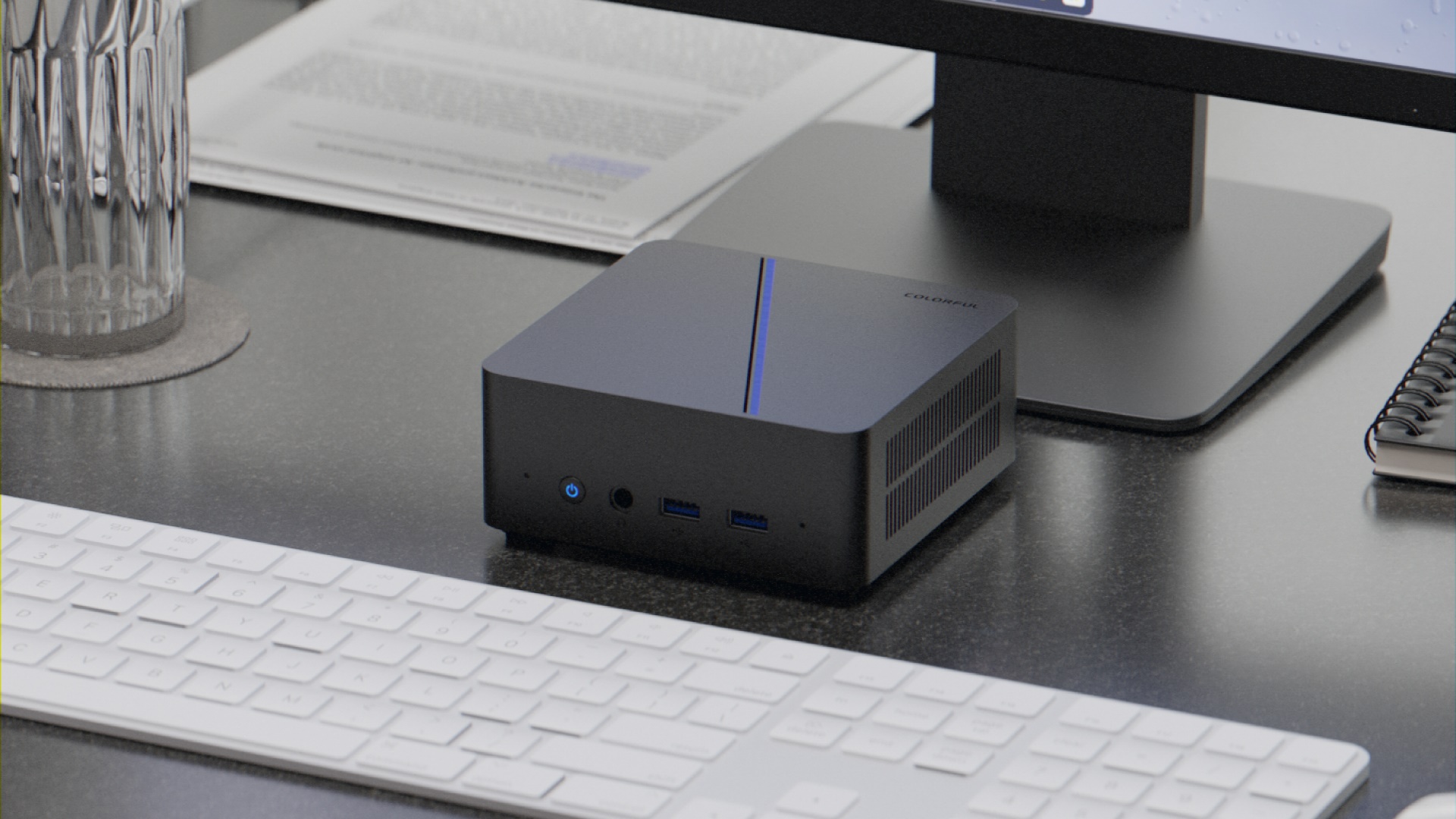
Colorful has announced its first ever Mini PC: The Colorful CMNH01-12450. This new offering gives users a solution for their daily productivity and entertainment needs, all in a compact and small PC chassis.
Space-saving computing
The Colorful Mini PC is a space saver. It is basically just five inches by five inches large, with a thickness of above two inches, conveniently fitting setups with limited spaces. It has a fast 2.5 GbE LAN port and an assortment of connectivity ports for other peripherals and devices.
It also has two USB2.0, two USB 3.2 Gen2, and one USB Type-C ports, as well as one DisplayPort and one 3.5mm audio jack. Furthermore, it supports PCIe Gen 4 SSDs, up to 64GB of DDR4 memory, and an M.2 slot for Wi-Fi modules.
Powerful, efficient
Performance wise, Colorful’s compact PC houses a 12th Gen Intel Core i5 12450H processor with eight cores and 16 threads. The PC can deliver a maximum boost clock of 4.4GHz. The chassis also has a silent turbo fan underneath for cooling. As for its GPU, the mini PC has Intel Iris Xe graphics. Moreover, it will run on Windows 11 Home.
Colorful looks to have different configurations for the product depending on the region. Pricing and availability will be announced later.
-

 Reviews2 weeks ago
Reviews2 weeks agorealme 12+ 5G review: One month later
-

 Gaming2 weeks ago
Gaming2 weeks agoNew PUMA collection lets you wear PlayStation’s iconic symbols
-

 Accessories2 weeks ago
Accessories2 weeks agoMarshall Major V: Reasons Why I Love It
-
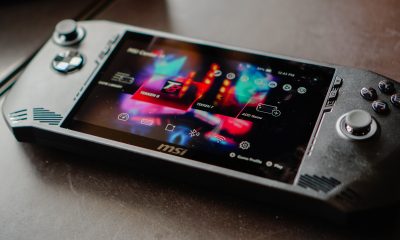
 Features2 weeks ago
Features2 weeks agoWhy choose the MSI Claw?
-

 Gaming2 weeks ago
Gaming2 weeks agoMore PlayStation 5 Pro specs have been leaked
-

 Gaming2 weeks ago
Gaming2 weeks agoOne Piece Odyssey coming to Nintendo Switch
-
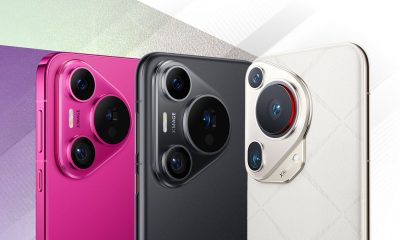
 Smartphones2 weeks ago
Smartphones2 weeks agoHuawei Pura 70 series is live in China
-

 Deals2 weeks ago
Deals2 weeks agoPlay Assassin’s Creed Mirage for FREE









